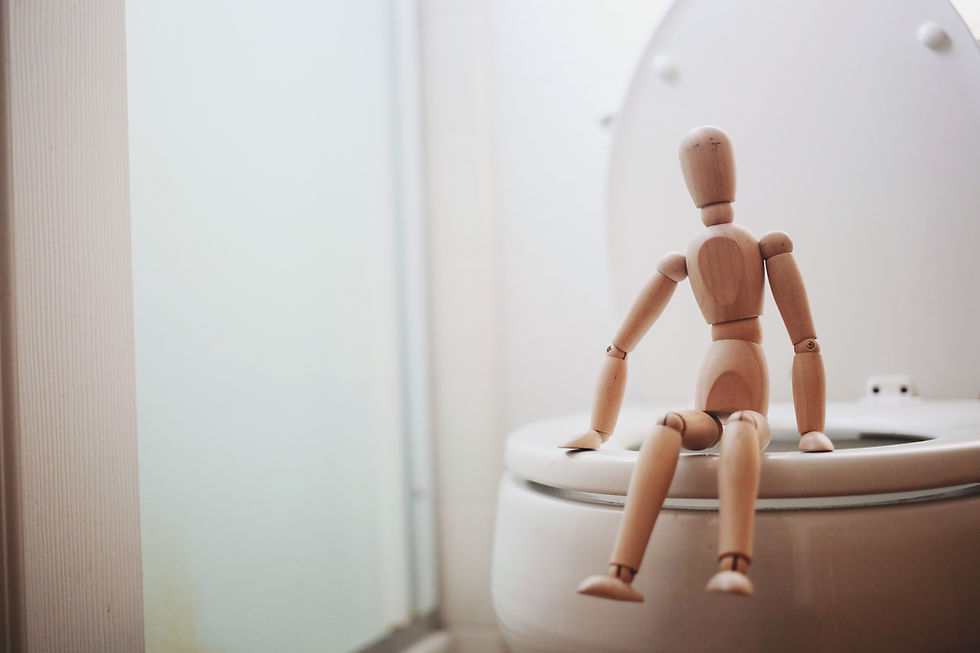10 Signs & Symptoms of Diabetes to Watch Out For
- Mar 17, 2023
- 3 min read
Updated: Jun 5, 2023
Diabetes is a widespread health condition affecting millions of people worldwide [1]. However, the problem is that many individuals are unaware of the signs and symptoms of diabetes until it is too late. This lack of awareness can lead to undiagnosed diabetes, which can cause severe complications like nerve damage, heart disease, and kidney failure. In some cases, it can even lead to blindness. Therefore, it is crucial to recognize the signs and symptoms of diabetes as early as possible to avoid these complications.
Hippocrates' classic triad of diabetic symptoms
Excessive thirst (Polydipsia)

You feel thirsty because the thirst centre in your brain is stimulated by the dehydrated state your body is at when you have high glucose (sugar) levels in your system. Excess glucose which is filtered in your kidneys is pushed out into your urine, which then drags along fluids (water) from your other body tissues which then leaves you dehydrated.
An extreme, insatiable hunger/appetite (Polyphagia)

"A state of starvation in the land of plenty"
This happens because of inadequate use of glucose in the system (could be due to the lack of insulin or insulin resistance) which leads to the satiety centre being not stimulated. So, the brain perceives that the body is lacking glucose hence triggering hunger and appetite.
Frequent urination (Polyuria)

Our kidneys filter and reabsorb glucose to be used by our body cells. When there is excess glucose in the system, this leads to glucose being pushed out into the urine which then drives more fluid from the body along with it. And that is why one may have frequent urination.
Other signs and symptoms of diabetes
Weight loss

Insulin helps our body to utilise glucose by moving glucose from the blood into the body's cells to be used as energy. In diabetes, when there is a lack of insulin or resistance in the activity of insulin, our body begins to burn fat and muscle for fuel, causing a drop in overall body weight.
Fatigue

In people with diabetes, the body cells do not get optimum access to circulating glucose in the blood due to either the lack of insulin in the body or insulin resistance. This prevents glucose to be used as fuel and results in a lack of energy being generated overall.
Dizziness

Dizziness can happen when the body is in a dehydrated state due to excessive urination following constantly high glucose levels in the blood. The dizziness is typically experienced when getting up from a seated position or from a lying position.
Blurring of vision

The blurring of vision that happens in people with diabetes is related to fluctuations of blood sugar levels in the body that affects the shape of our eye's lens. Vision goes back to normal after the blood sugar stabilizes.
Genital itchiness

Intense genital itchiness could be a sign of yeast infection or Candidiasis. Candida albican or yeast is a normal flora found on our skin. A rise in blood glucose levels can cause yeast to overgrow, particularly in the vaginal area. The body may develop a yeast infection in response to this.
Slow wound healing

Diabetes affects the structure of blood vessels over time which causes stiffer vessel walls. This slows down blood circulation and causes less oxygen to arrive at tissues for healing.
Skin discolouration (Acanthosis nigricans)

This type of skin discolouration is frequently seen in people who suffer from insulin resistance. Increased insulin levels activate a type of keratin receptor that triggers the growth of specific types of skin cells which gives a discoloured look.
References:
Warren R, et al.The symptoms of hyperglycaemia in people with insulin-diabetes: classification using principle components analysis. Diabetes Metab Res Rev2003;19:408–14.
Hyperglycemia (High Blood Glucose) | ADA. (n.d.). https://diabetes.org/healthy-living/medication-treatments/blood-glucose-testing-and-control/hyperglycemia



